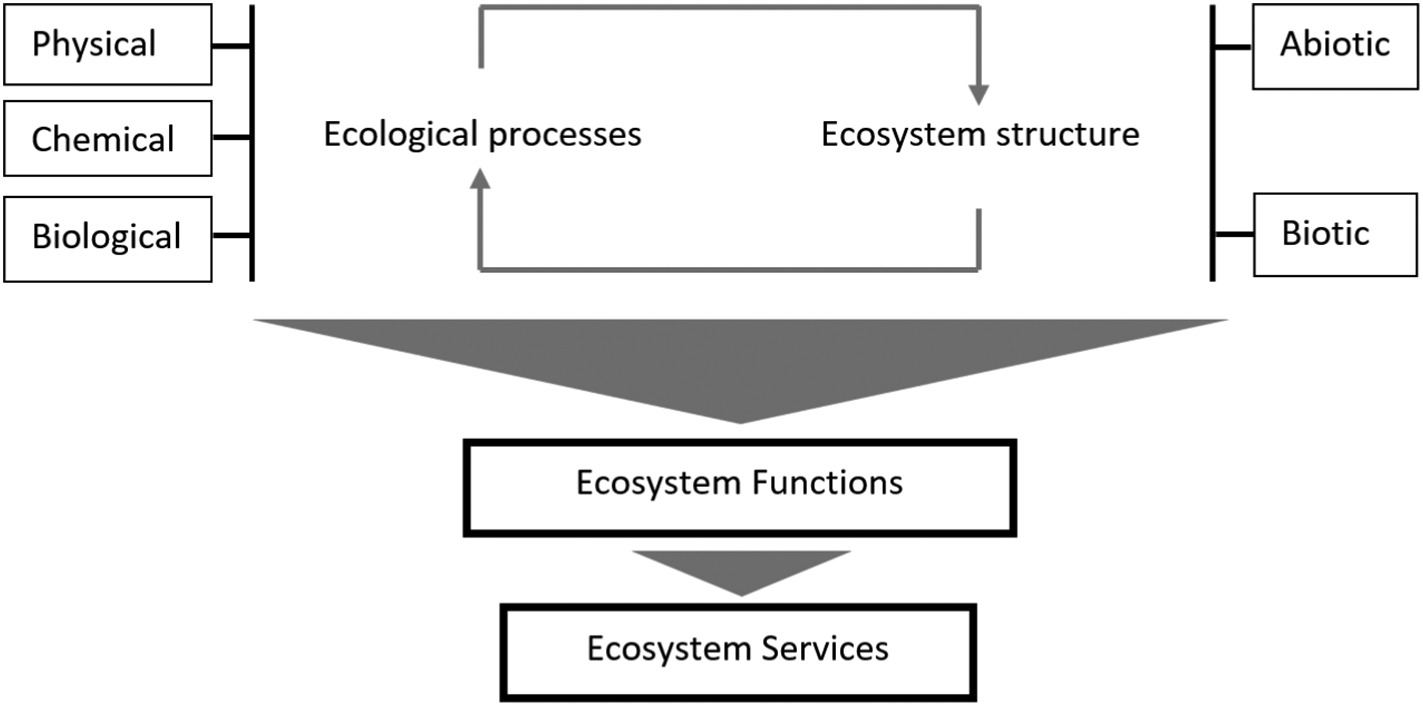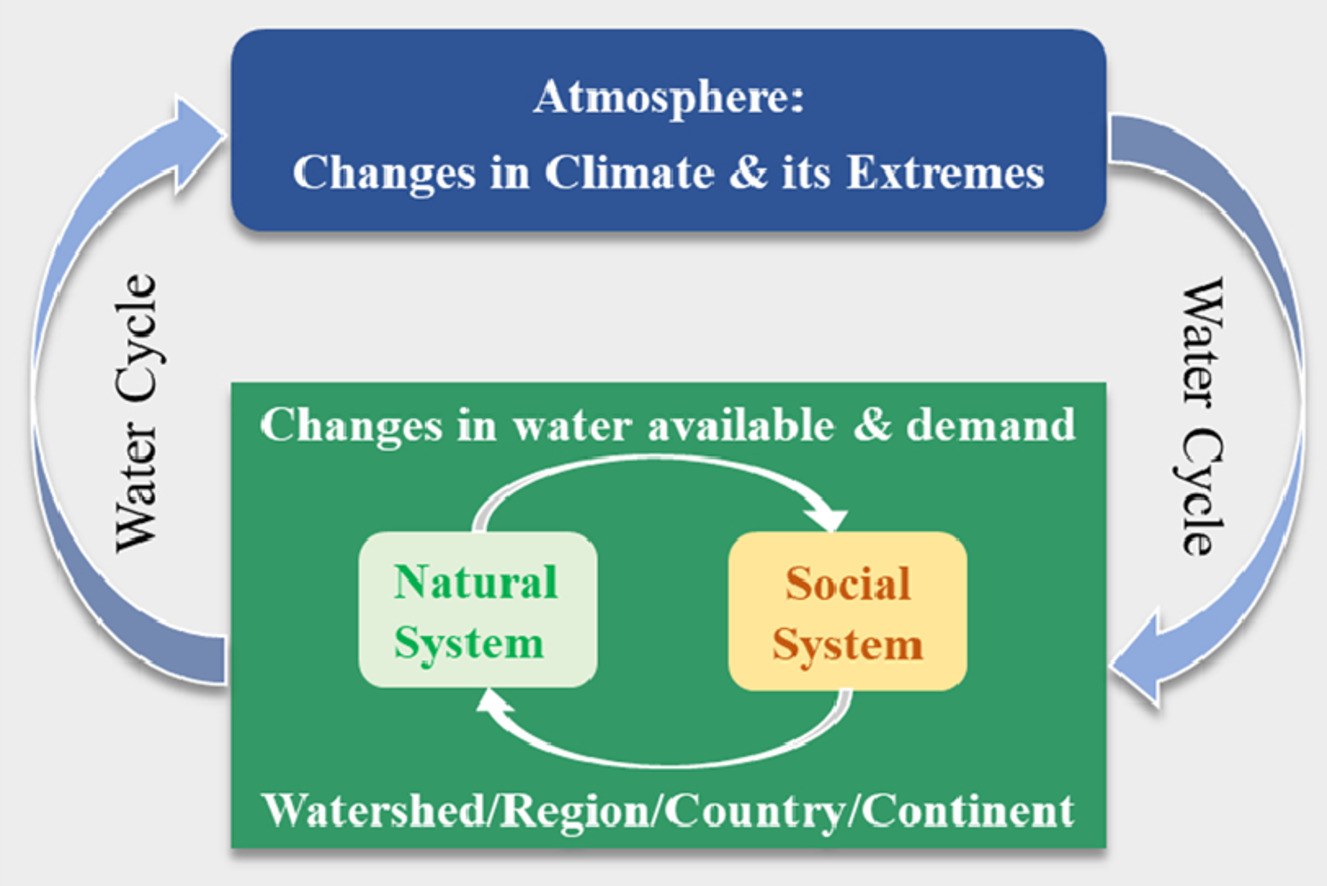Current Opinion in Green and Sustainable Chemistry, Volume 29, June 2021
Microplastic pollution has sparked interest from researchers, public, industries, and regulators owing to reports of extensive presence of microplastics in the environment, household dust, drinking water, and food, which indicates chronic exposure to organisms within ecosystems and in human living spaces. Although exposure to microplastics is evident, negative effects from microplastics appear to be minimal in most studies on biota, and no risk assessments have been completed for microplastics on human health.
Cities, Volume 113, June 2021
This paper aims to contribute to the limited understanding and recognition of soil ecosystem services (SoES) in spatial planning. In light of its critical role in climate crises and due to its global degradation, soil has drawn considerable attention in the recent global agenda. As one of its vital services, soil serves as a terrestrial carbon pool, which significantly contributes to offset greenhouse gas emissions in the atmosphere (EEA, 2012).
JAAD International, Volume 3, June 2021
Background: Skin diseases that cause chronic pruritus can have negative effects on a patient's quality of life. Objective: We evaluated the associations between chronic pruritus and psychological conditions including insomnia and depression. Methods: This study included responses from 91 participants with chronic pruritus (response rate: 74.6%).
Geography and Sustainability, Volume 2, June 2021
Water is the fundamental natural resource that supports life, ecosystems and human society. Thus studying the water cycle is important for sustainable development. In the context of global climate change, a better understanding of the water cycle is needed. This study summarises current research and highlights future directions of water science from four perspectives: (i) the water cycle; (ii) hydrologic processes; (iii) coupled natural-social water systems; and (iv) integrated watershed management.
Current Opinion in Environmental Sustainability, Volume 50, June 2021
Sea-level rise poses a significant threat to Small Island Developing States (SIDS) due to the concentration of people, assets, and infrastructure in coastal zones. This review assesses literature on key emerging topics in sea level rise including: the lasting impact of near-term mitigation on long-term sea-level rise; new global coastal vertical elevation data and their impact on existing sea-level rise projections; and the interaction of sea-level rise with other hazards, including salinization, tropical cyclones and extreme precipitation.
Current Opinion in Environmental Sustainability, Volume 50, June 2021
Sea level rise and land subsidence — induced flooding are projected to have severe impacts on highly populated Asian deltaic cities. These cities are already suffering from frequent floods, though few comparative analyses have been conducted on the similarities and differences of their adaptation approaches. Thus, this study aims to investigate the current adaptation pathways of Asian deltaic cities to flooding induced by slow onset events such as urbanization-induced land subsidence and sea level rise, by looking at Tokyo, Jakarta, Manila, and Ho Chi Minh City as case studies.
Current Opinion in Environmental Sustainability, Volume 50, June 2021
As sea level rise drives saltwater farther inland, drinking water supplies of some coastal cities will be contaminated. This paper evaluates how climate change is shifting the location of ‘salt lines,’ the zone where coastal fresh water meets the ocean, and implications for drinking water management. It focuses on changes from climate, as opposed to water overuse or water quality mismanagement, and reviews recent literature along three dimensions. Firstly, the paper reviews regulations on salinity in drinking water.
Current Opinion in Environmental Sustainability, Volume 50, June 2021
Climate change has affected diverse spheres and its impact is being witnessed worldwide. Soil, the basis of human sustenance, is both directly and indirectly affected by climate change. Soil erosion, vegetation degradation and soil salinisation are becoming prevalent, causing a threat to future food security. Saline soils are found mainly in North and Central Asia, Africa and South America. Various factors such as excess irrigation and poor drainage, groundwater salinity, sea level rise and intrusion, irregular rainfall contribute to the process of soil salinisation.
Current Opinion in Environmental Sustainability, Volume 50, June 2021
Droughts are significant drivers of land degradation, which in turn has adverse effects on resource-dependent rural populations and can potentially lead to livelihood losses and subsequent migration out of affected areas. Linkages between land degradation and migration are complex and not particularly well documented, as they occur within a larger context of multi-scale interactions of socio-economic, political, demographic, and environmental processes. Given these uncertainties, further research in this field is needed.


